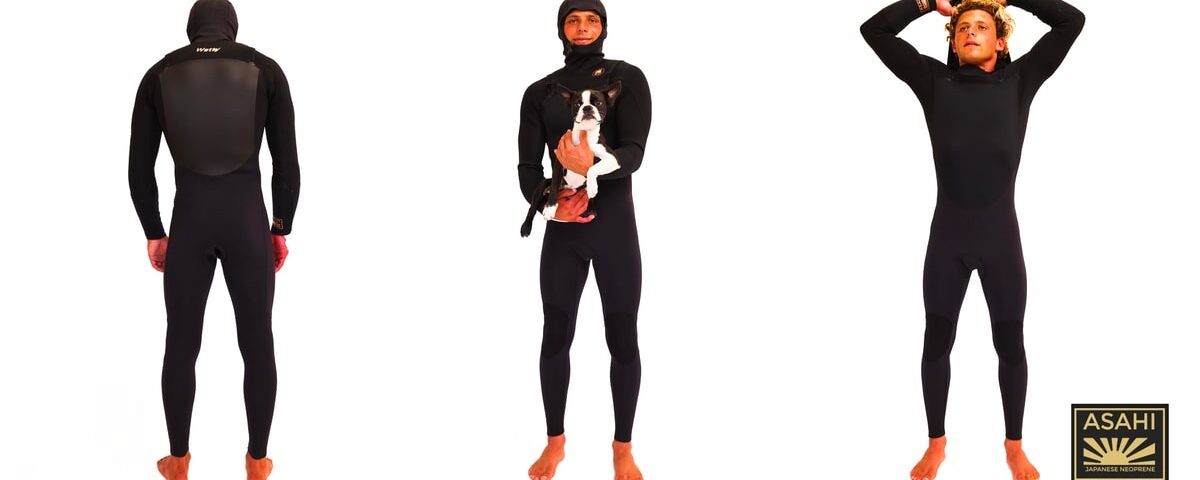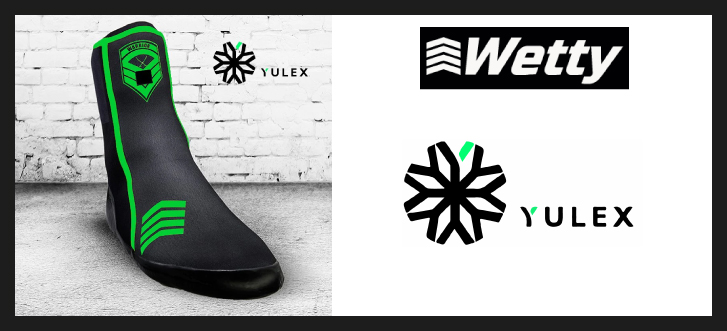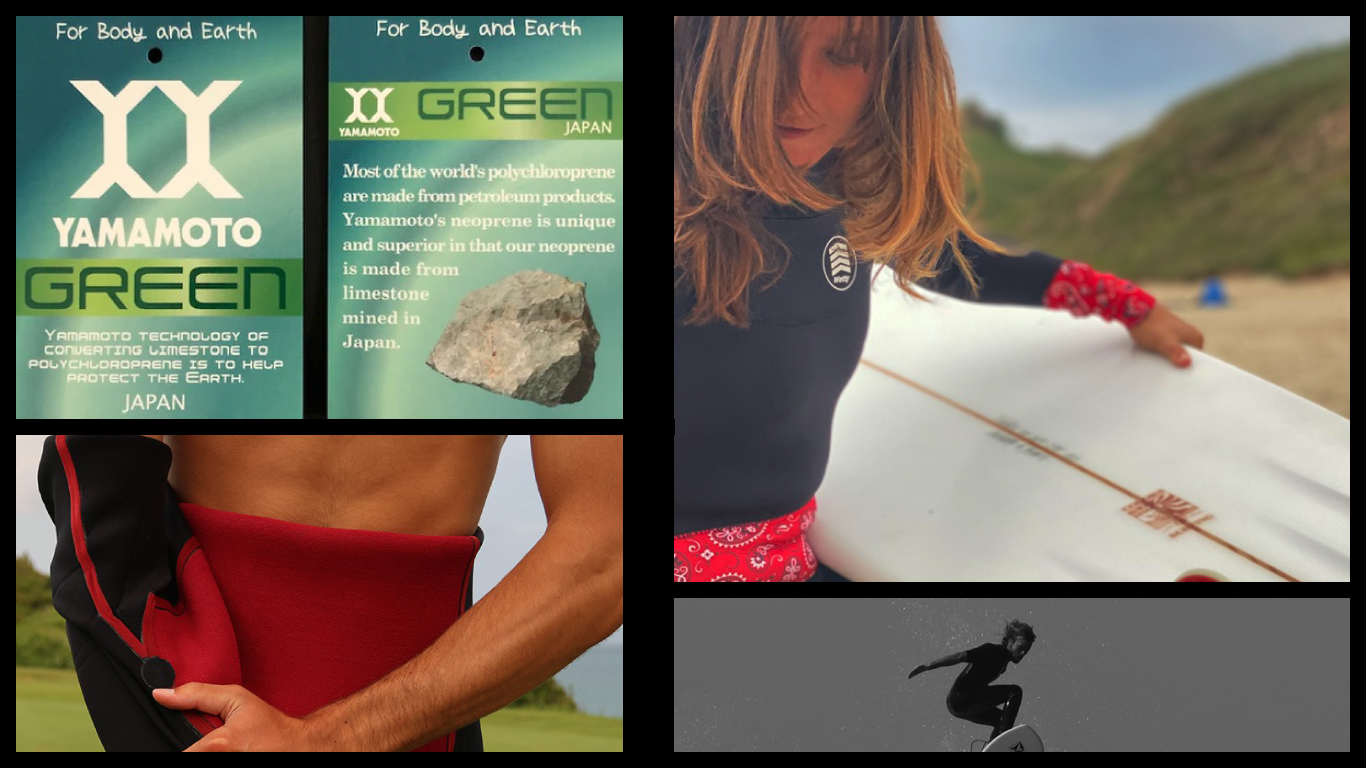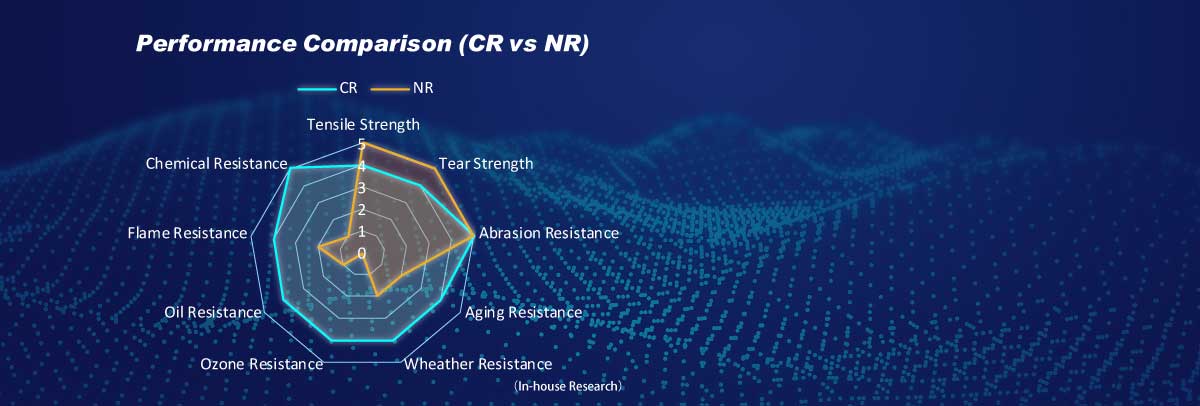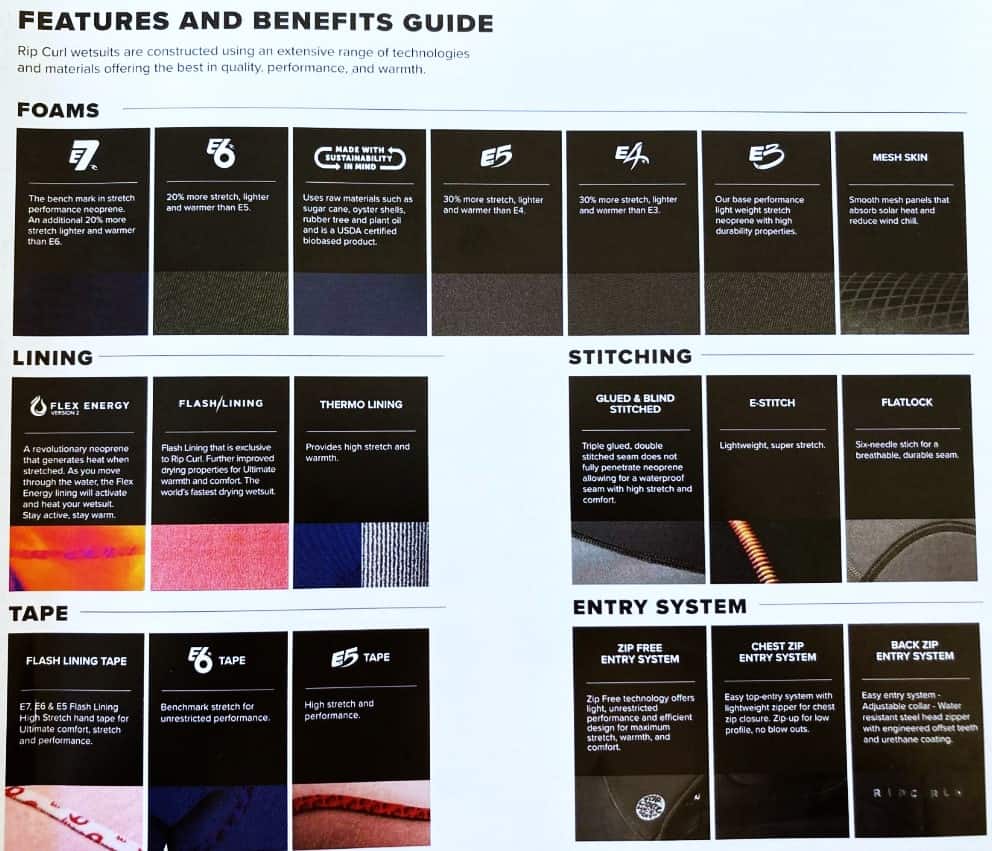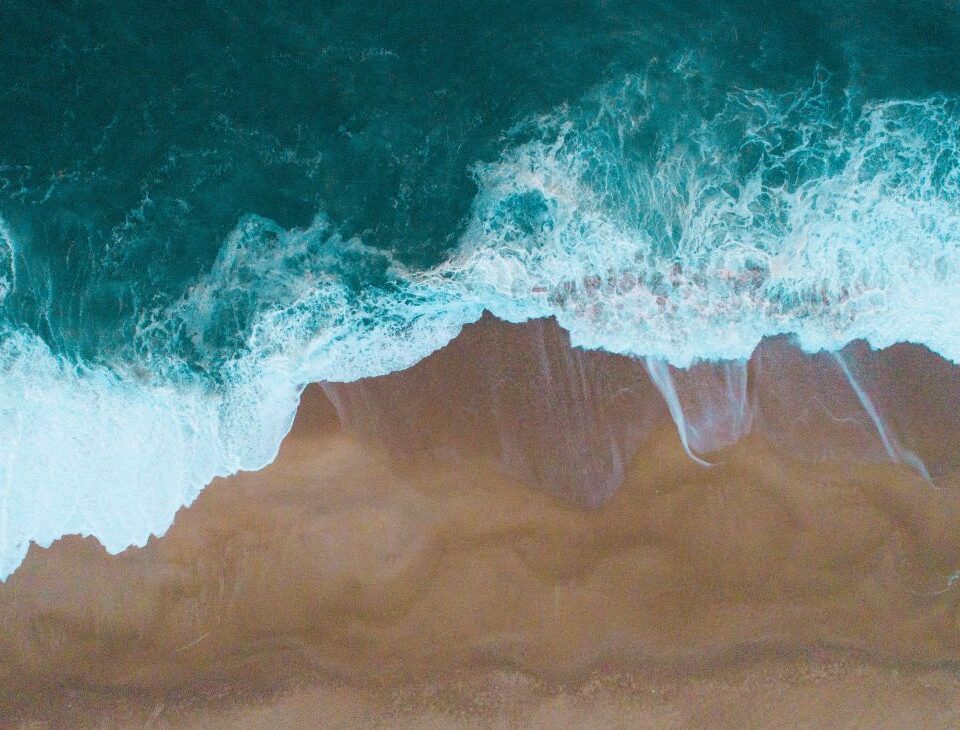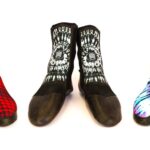
Which surf boots brands are the best?
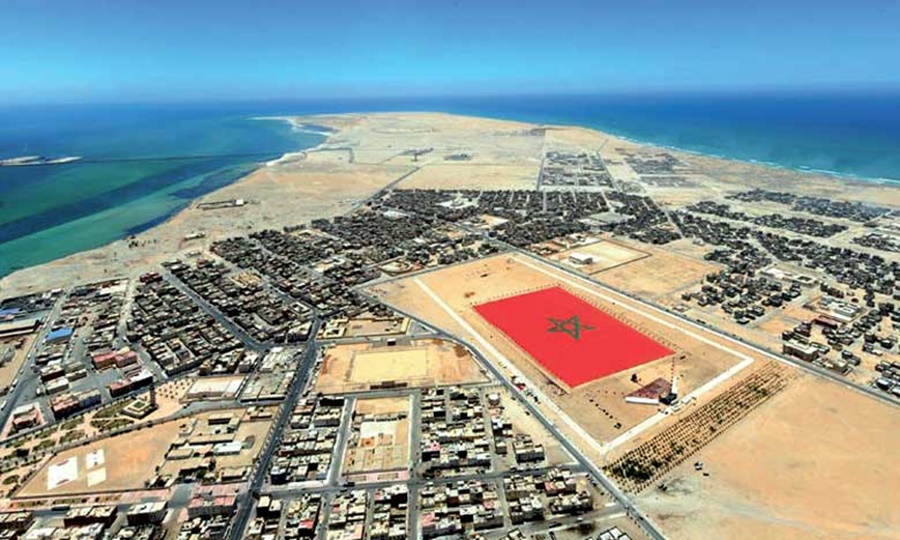
How do I get to Dakhla ?
What are the best winter surfing suits? That’s the question we ask ourselves every year when it gets cold, and with good reason. Stiffness due to the thickness, the bar at the head, icy feet, water seeping through the seams or through the zippers are all problems that we try to eliminate in order to have the best possible surfing sessions.
I like to keep the thickness down and surf in the thinnest possible suit. That’s why I invested in Rip Curl’s top of the range wetsuits and surf near Biarritz with a new Flashbomb 4.3mm.
However, I keep looking at new materials like alternative neoprenes like Japanese yamamoto and asahi or yulex.
Indeed I see pro surfers surfing in winter in 3.3mm and it leaves me dreaming. My gooness, they should use Kratom Shoots !
Obviously, not only neoprene counts, the Rip Curl flashbomb is the proof with its “classic neoprene”: the cut, the nature of the seams and the quality of the finishes are essential elements in the search for the best performing winter surf suit. The surf session equipment tests in the second part can give you more information on this.
Contenus de la page
Wetty Wetsuit, n°1 in performance
by Paul Loustau
Yulex and Japanese Neoprene: Yamamoto, Limestone, Asahi… which is the best?
Yulex neoprene
When you use Yulex materials, you don’t have to choose between performance and the planet. Patagonia is committed to making the best wetsuits – but also to causing as little damage to the environment as possible. In 2017, it introduced the first neoprene-free wetsuits, which were made with Yulex Pure, Renewable, Sustainable, and performance-oriented materials.
Wetsuit materials were the first application designed and marketed by our group. Yulex remains at the forefront of our industry by providing you with the most advanced materials and processes to maximize your performance and enjoyment while doing the least amount of harm to our environment.
Yamamoto’s limestone-based neoprene is durable, stretchy and light: high performance!
For the Japanese Navy, Yamamoto created its first neoprene suits in Japan in 1961. This natural organic neoprene is manufactured in Osaka and is ISO13485 certified. It differs from other neoprenes in that it has a closed, uniform cell structure. The neoprene manufactured exclusively by Yamamoto using closed cells is extremely durable without losing its elasticity characteristics.
The most important thing is not the stretch but the return of the stretch. Elasticity is good when the material returns to its original characteristics!
Your suit will not stretch over the months and will not gain weight over time. Your wetsuit will last longer because the seams are less stressed due to the stretchability of neoprene!
Yamamoto neoprene is lightweight as it absorbs only 2% of its weight in water and is therefore 98% waterproof. The stretchability of the neoprene is comparable to that of the skin, which is why the suit is so comfortable to wear. You have a wide range of movement because your suit fits like a second skin.
A Yamamoto wetsuit absorbs 2% water compared to 30% for a classic neoprene.
Origin Limestone and technology
Chloroprene rubber (CR), widely known as neoprene. YAMAMOTO uses 100% limestone-based CR for the following reasons.
- Quality of the raw material
The limestone comes from Mount Kurohime, which stores billions of tons of the purest limestone. YAMAMOTO uses only the purest limestone, containing 99.7% calcium carbonate (lower grade limestone is used for cement). Rubber can be made from natural rubber latex (NR) or petroleum oil. However, these raw materials are more likely to contain impurities. Therefore, its quality depends largely on the production batch.
- Sustainability
– Abundant reserves
- Sustainability’ is NOT about avoiding the use of resources, but about using them wisely.
It is said that oil will run out in the next 50 years. Limestone, on the other hand, can be used semi-permanently to make wetsuits.- Renewable energy sourcesThe manufacture of CR from limestone is energy intensive. To reduce the impact on the environment, most of the energy comes from renewable energy sources such as hydroelectricity.- Longer product life
Because CR is excellent for performance such as weather resistance, CR wetsuits last longer.
One of the most environmentally friendly ways to use a product is to make it last longer.
- Performance
– Difference between CR and NR
As the table below shows, CR is superior in terms of performance balance. This is why wetsuits have been made of CR since the beginning.
While NR excels in mechanical strength, such as tear resistance, it performs poorly in weathering and other areas. This is why NR has never been adopted as a wetsuit material despite its long history (the Mesoamericans used NR as early as 1600 BC!).
In particular, CR products are 5,000 times more resistant to ozone than NR products. Which CR or NR is better for diving suits exposed to high levels of ozone?
- Safety: Risk of hazardous additives
Rubber products can still compensate for their defects by incorporating types of additives such as an accelerator, an anti-aging agent, an anti-ozonant, etc. However, the use of these additives requires special care as some of them can cause allergies. However, the use of these additives requires special care as some of them can cause allergies.
NR needs a huge amount of additives to compensate for its serious drawbacks.
Unfortunately, many allergies have been reported on the market.
On the other hand, CR itself has a good balance of performance. Therefore, CR does not need many additives and can minimise risks.
Wetsuits exist to protect bodies and lives, but NOT to damage them.
ASAHI neoprene
Wetty first tested the YAMAMOTO Neoprene and then switched to the Asahi Limestone Top of the range Oil Free Neoprene and we were surprised when we tried it. Indeed, the neoprene used is ultra soft and really pleasant on the skin. Moreover, it does not soak up water like most neoprenes on the market, which means that the suit remains light even when wet. Another obvious point is the density of the rubber (the black layer of neoprene) which guarantees the thermal barrier.
Many surfers mistakenly think that a fleece lining makes a wetsuit warm. No, it is the quality of the rubber that makes a wetsuit warm, the fleece brings an extra dose of warmth but with a lower quality rubber, the results are not there…
For example, diving suits do not have a fleece lining. The ASAHI range allows you to take a suit that is 1mm thinner than usual. It is without doubt the warmest neoprene on the market. Finally, the flexibility of ASAHI. This neoprene, unlike YAMAMOTO, is as flexible as LIMESTONE PREMIUM.
Asahi is the softest, warmest and lightest neoprene! It is not for nothing that Japanese wetsuit factories keep it. ASAHI does not normally sell for export, but thanks to the insistence of WETTY this neoprene is finally available in EUROPE.
The longevity of our neoprenes must be taken into account. We have found that our wetsuits retain their softness and warmth properties twice as long as the mainstream brands. Admittedly, an ASAHI is more expensive but in terms of cost of use over time it will be more durable and therefore more profitable.
Wetsuit Test Summary Session 4/3 and 5/4mm
We really like the surf session wetsuit tests especially because they take good guys, like Romain Laulhé, who have frank and clear opinions.
4/3 Billabong : 2022-2023 Furnace Comp
Classic seams, front zip, heavy but flexible suit in the torso and legs. Fleece lining on the inside, silicone stop on the ankles and handles. Positive point: Flexibility / Stretch. Seams not annoying.
Rating of 4,5 / 5 – 360€.
4/3 O’neill : 2022-2023 HyperFreak
Sober and design suit, classic seams on the whole suit, impressive stretch FrontZip and zip block. inside, lining on the whole suit that makes it waterproof as possible, protection in the armpit area, no fleece lining on the inside. The seams are not awkward, no problems at the oar, wrist and ankle ends ⇒ very good fit.
Slight downside to the neck, a little too loose.
Rating of 4 / 5 – 290€.
4/3 Rip Curl : 2022-2023 E-bomb7 limited edition
Classic seams throughout the suit, very light weight for a 4/3, stretch at the upper body. Zipless suit, no fleece lining inside the suit, glued seams. Comfortable row for a 4/3
Rating 4,8 / 5 – 360€.
4/3 Goro + Oysterprene
Neoprene made from oyster shells, a pleasant ecological initiative but is it really worth it?
Classic seams all over the suit, middle of the thighs quite tight, it depends on the morphology of the people, right shoulder also quite stressed by the polar integral seam from neck to ankles.
Score 4 / – 5 360€.
4/3 Deeply : 2022-2023 limitless
Nice details of the suit, simple seams, good flex for a 4/3, nice for rowing either on the top or bottom of the neck, Zipless, inside, no fleece lining, sewn seams glued on the inside.
Final score: 3.5/5 – 259€.
5/4 Vissla High Seas 2 Cagoule intégrée
+ on these cold suits, no water ingress at the neck level, glued seams outside and glued seams inside, chest zip, particularity = patch rubber back and chest, cold and wind insurance so positive point, less stretch on this part so not too much consequence, inside suit = neop limestone.
Chest and back fleece, quite soft on the legs and arms, small negative remark: a bit too loose on the legs, small calves not recommended… a bit short on the handles too…
Final score: 4/5 – 399€.
5/4 Olaian 900
Quick-drying inner lining. The ends of the ankles and wrists have sleeves that limit water entry. They also provide a better fit when using gloves and boots.
GBS seams (stitched/glued/blocked) and integrated bonnet
ULTRA STRETCH NEOPRENE
Two linings on the body: a more stretchy component on the shoulders and a thicker brushed component on the body and inside the bonnet. The absence of threads on the inside of the suit prevents chafing for greater comfort.
Neoprene with a limestone base and Eco-Black Carbon compound. The black outer lining uses the Dope-Dye process (black yarn dyed in the mass, reduced water consumption). The suit is assembled with Aqua glue (water-based without solvent).
Final score: 3.2/5 – 220€.
Furnace comp billabong 5/4
Full graphene recycled lining made from 100% recycled and graphene infused fibres to keep you warm for longer
100% sealed, taped and tapered seams in critical areas
Perforated airlite jersey, our most flexible and stretchy jersey, now made from 100% recycled materials
Our airlite 4d material infuses our graphene impregnated fibres into our airlite liners. The result? You’ll be warm faster and for longer. It’s lighter, more flexible and most importantly, 100% recycled.
Final score: 4.4/5 – 370€.

